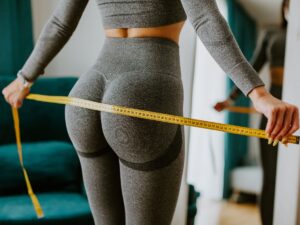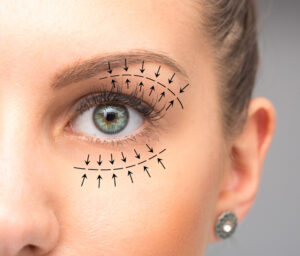Dysport is a simple, effective, non-surgical treatment that works by relaxing facial muscles, thereby reducing and smoothing away frown-lines and wrinkles. Dysport, like Botox Cosmetic® is a protein extracted from the bacterium Clostridium Botulinum. The Dysport protein was initially used for the treatment of motor disorders and various kinds of involuntary muscular spasms, including cerebral palsy.
Dysport was originally to be licensed in the United States under the brand name Reloxin. Most articles pertaining to this drug in the United States referred to it as Reloxin. The FDA mandated that the drug be branded under its original name, Dysport (rather than Reloxin) prior to its April 2009 FDA approval.
The FDA has approved Dysport to treat forehead *wrinkles *and frown lines, making it only the second drug to be approved by the agency as a wrinkle treatment.
IS DYSPORT BETTER THAN BOTOX?
This topic is widely debated and heavily biased due to most comparative cosmetic studies being partially or fully funded by manufacturers of Botox (Allergan) and Dysport (Ipsen/Medicis). Many cosmetic physicians outside the U.S. who have used Dysport report greater longevity when compared to Botox. In most unbiased neurological studies for the treatment of movement disorders Dysport has provided equal or greater efficacy. Dysport to be more effective than Botox with a similar safety and side effect profile when used in a 3:1 dose relationship.
Like Botox, Dysport is administered via an injection at the site of forehead wrinkles. According to Ipsen Biopharm Ltd., which makes Dysport, the FDA based its approval on clinical trials involving about 2,900 people at 80 study sites.
One clinical trial showed 93%-95% of participants noticed an improvement in the appearance of forehead wrinkles within seven days after treatment, and multiple treatments produced effects that lasted for more than 13 months.
Dysport treats deep lines and wrinkles by immobilizing muscles, similar to Botox. Developed in the United Kingdom in the early ’90s, Dysport has been used overseas for many years. Dysport was approved by the Federal Drug Administration in April 2009 for the treatment of head-and-neck muscle spasms and deep lines between the eyebrows.
WHAT YOU NEED TO KNOW ABOUT DYSPORT VS. BOTOX
- Dysport is made from the same botulinum toxin Type A as Botox and is injected in the same way as Botox. Both work by temporarily immobilizing muscles, which reduces lines and furrows.
- Dysport is injected around expression lines — the creases caused by frowning, scowling, smiling or looking surprised to diminish their appearance or keep them from forming.
- The three most common areas for Dysport injections are between the eyebrows, the forehead and next to the eyes, where “crow’s feet” form. Dysport can improve your appearance and prevent the formation of deep expression lines that make you look older. It will not help fine lines or wrinkles that are not due to facial expressions.
- Dysport has fewer proteins surrounding the toxin and so should stimulate a weaker immune response to break down the toxin. This may make it a good choice for Botox patients who find Botox no longer works because their body has developed antibodies.
- There are some claims that Dysport works faster and lasts longer.
- Dysport is said to be slightly cheaper than Botox. Just having a competitor to Botox may bring prices down.
In addition, the FDA has approved Dysport to treat cervical dystonia in adults to reduce the severity of abnormal head position and neck pain caused by the condition.




